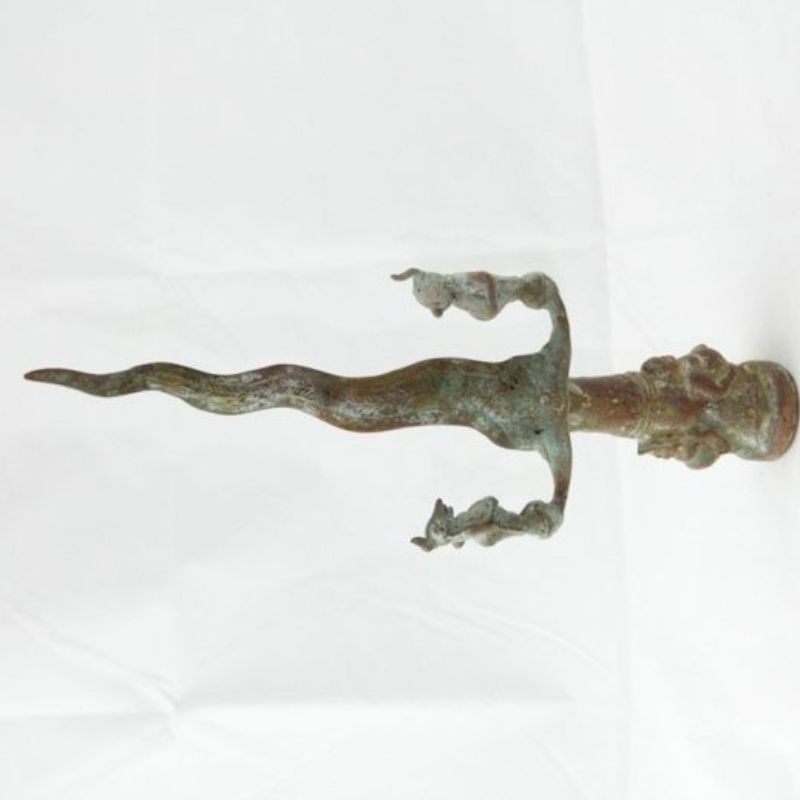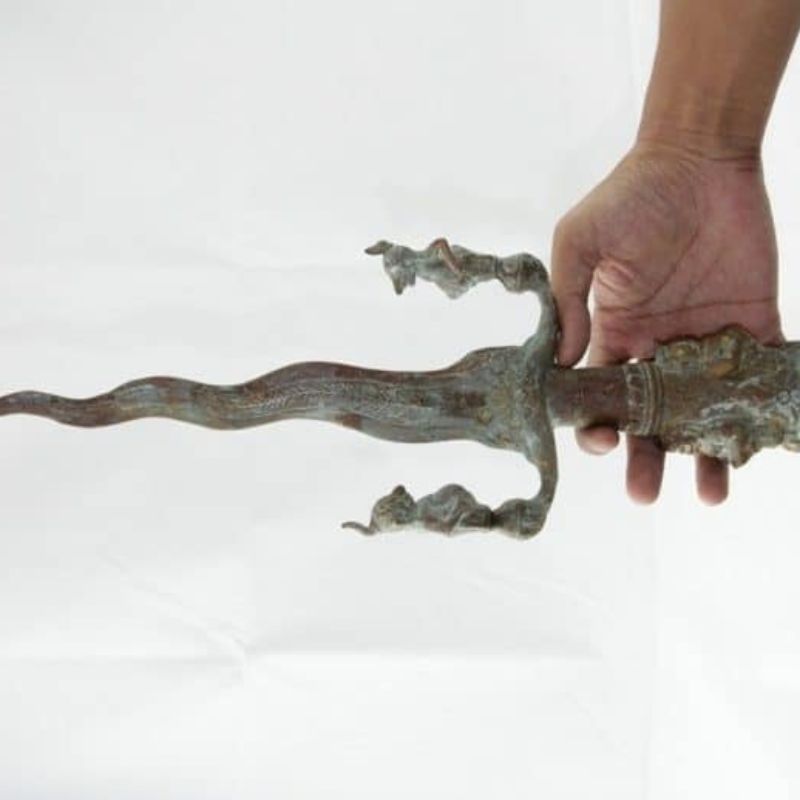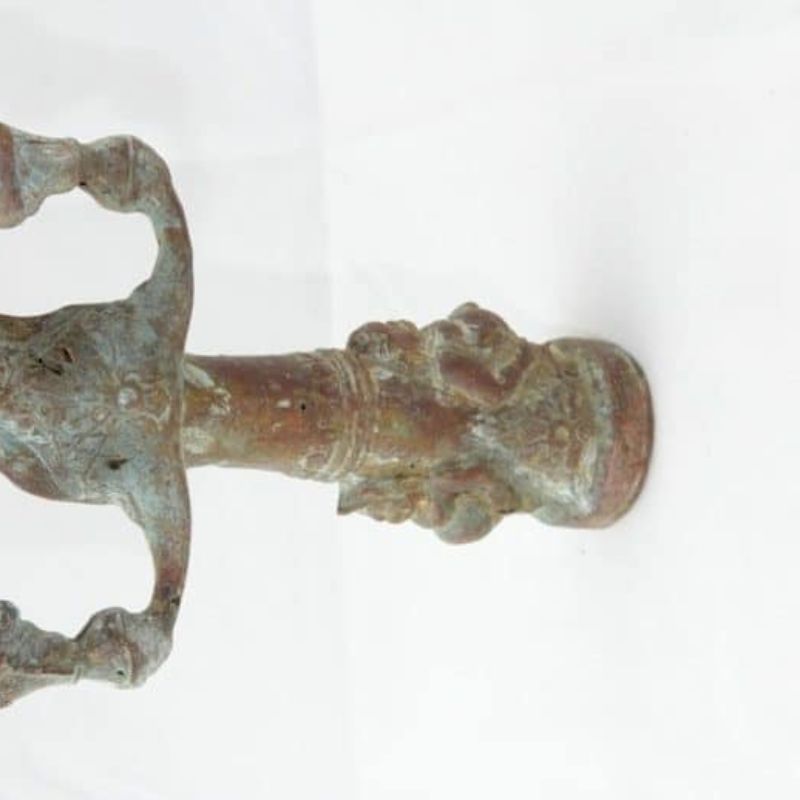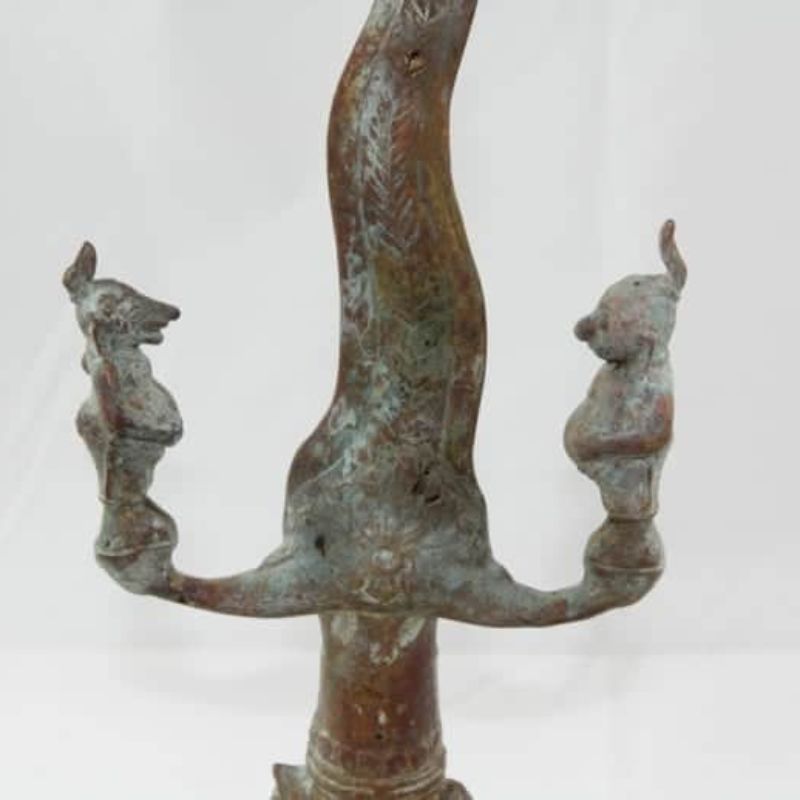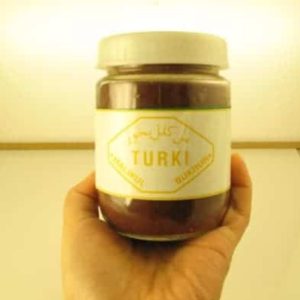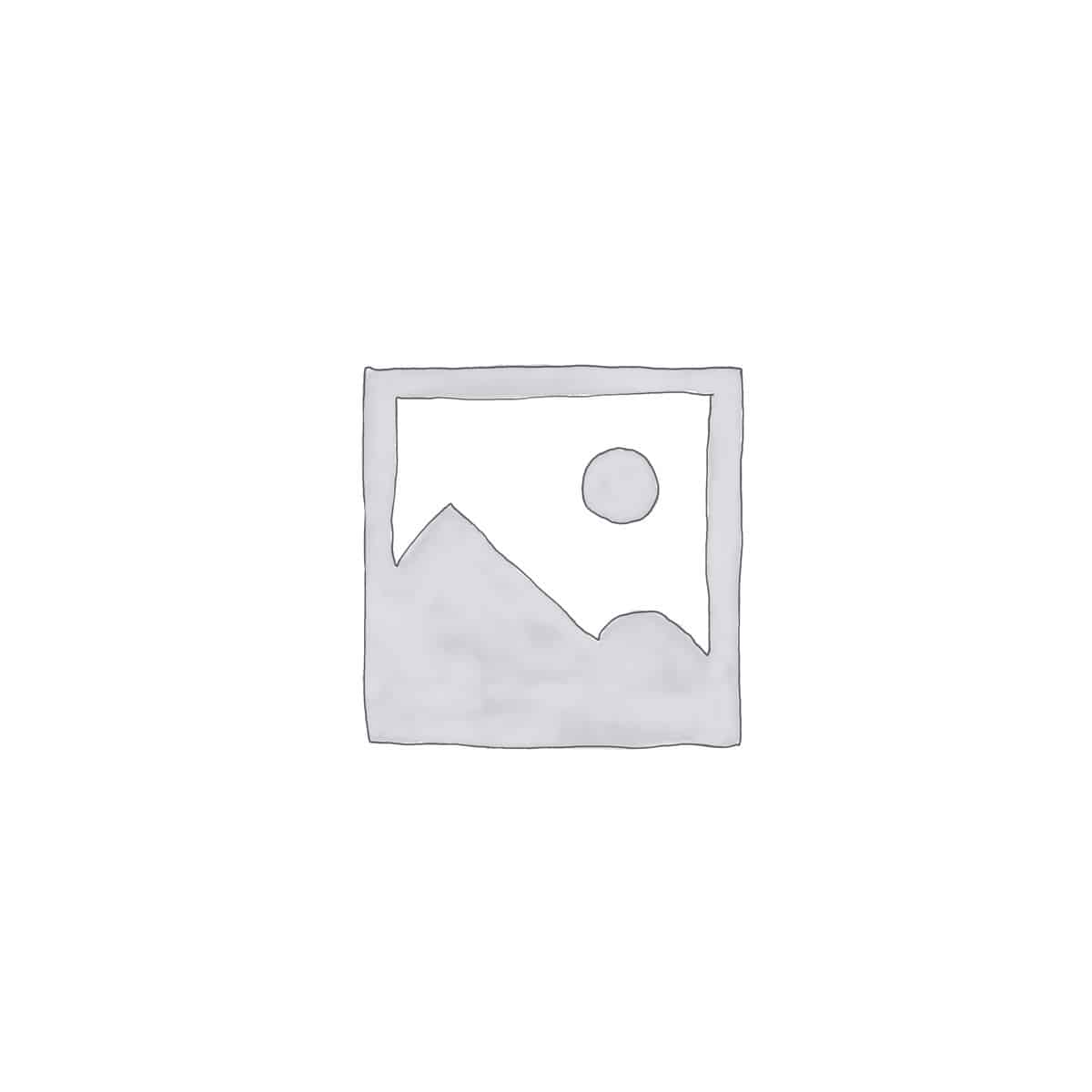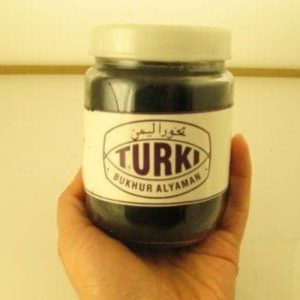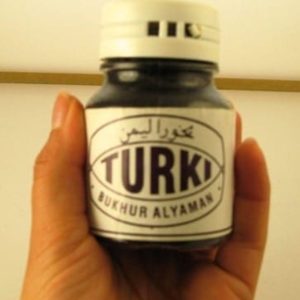Tri Sula Putut (Trident)
£85.00
Item is sold as an empty vessel. For Decoration Purpose only!
Ki Punakawan is a term used in Javanese culture to refer to four mythological characters who play a significant role in wayang kulit, a traditional Javanese puppet theatre. The four characters are Semar, Gareng, Petruk, and Bagong. They are depicted as hunchbacked, with exaggerated features and are often shown wearing traditional Javanese clothing. Ki Punakawan is an essential part of Javanese culture and plays an important role in both the performing arts and the spiritual beliefs of the Javanese people.
Tri Sula Putut is sold as an empty vessel. For Decoration Purpose only!
Ki Punakawan is a term used in Javanese culture to refer to four mythological characters who play a significant role in wayang kulit, a traditional Javanese puppet theatre. The four characters are Semar, Gareng, Petruk, and Bagong. They are depicted as hunchbacked, with exaggerated features and are often shown wearing traditional Javanese clothing. Ki Punakawan is an essential part of Javanese culture and plays an important role in both the performing arts and the spiritual beliefs of the Javanese people.
The four characters of Ki Punakawan are often seen as servants and companions to the hero or protagonist in the wayang kulit. They are also known as the “clowns” of the play and provide comic relief to the audience. However, they are not mere jesters, but rather they serve a more profound purpose. The characters of Ki Punakawan are seen as wise and knowledgeable and are often the voice of reason in the play. They represent the common people and provide a link between the human and divine worlds.
In Javanese culture, Ki Punakawan is not only an essential part of wayang kulit, but they also play a significant role in the spiritual beliefs of the Javanese people. The characters are believed to have a special spiritual power, and they are often revered as sacred figures. Many Javanese people believe that the characters of Ki Punakawan have the ability to heal, provide guidance, and bring good luck.
The character of Semar is seen as the leader of Ki Punakawan and is considered the most important character in the group. He is often depicted as the father of the other three characters and is seen as the embodiment of wisdom and compassion. The character of Gareng is known for his wit and humor, while Petruk is seen as a cunning trickster. Bagong is the youngest of the characters and is often portrayed as naive and innocent.
In addition to their roles in the wayang kulit and spiritual beliefs, Ki Punakawan has also played an important role in Javanese society. The characters have been used as a symbol of resistance to colonialism and imperialism. During the Dutch colonial period, wayang kulit was banned, and the characters of Ki Punakawan were seen as a symbol of Javanese cultural identity and resistance. Today, the characters continue to be an important part of Javanese culture and are celebrated in festivals and cultural events throughout the region.
In conclusion, Ki Punakawan is an essential part of Javanese culture and plays an important role in both the performing arts and spiritual beliefs of the Javanese people. The characters are seen as wise and knowledgeable and serve as a link between the human and divine worlds. They are revered as sacred figures and have the ability to heal, provide guidance, and bring good luck. Ki Punakawan also serves as a symbol of resistance to colonialism and imperialism and continues to be an important part of Javanese identity today.
| Weight | 3 kg |
|---|
Related Products
-
A Malikul Incense (Small Bottle)
£46.30 -
Absolute Jasmine Oil—SOLD OUT
£73.40 -
Alyaman Incense (Large Bottle)
£58.40 -
Alyaman Incense (Small Bottle)
£46.30

